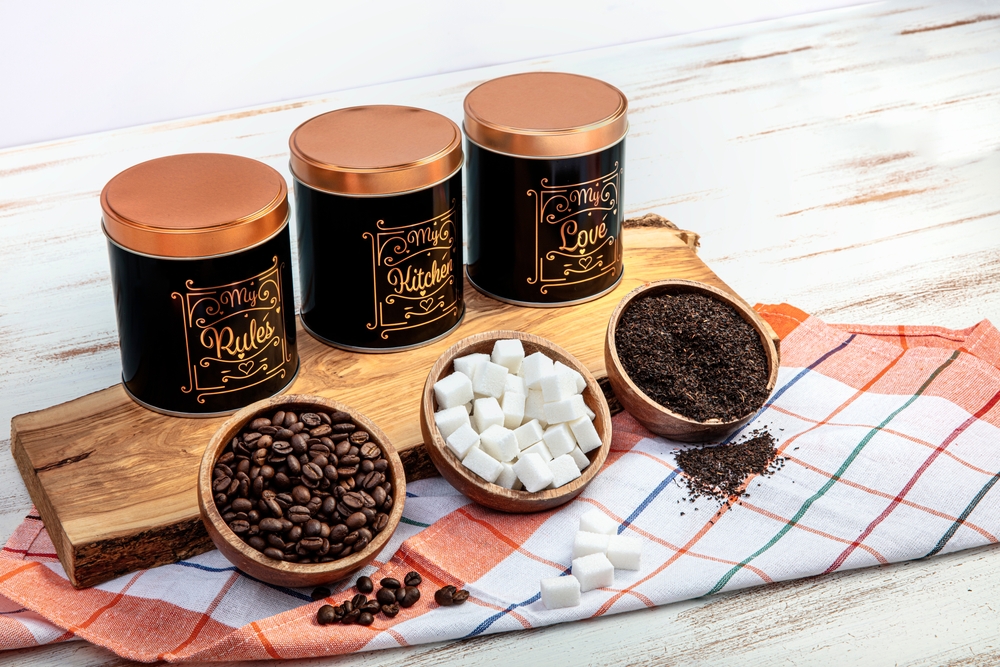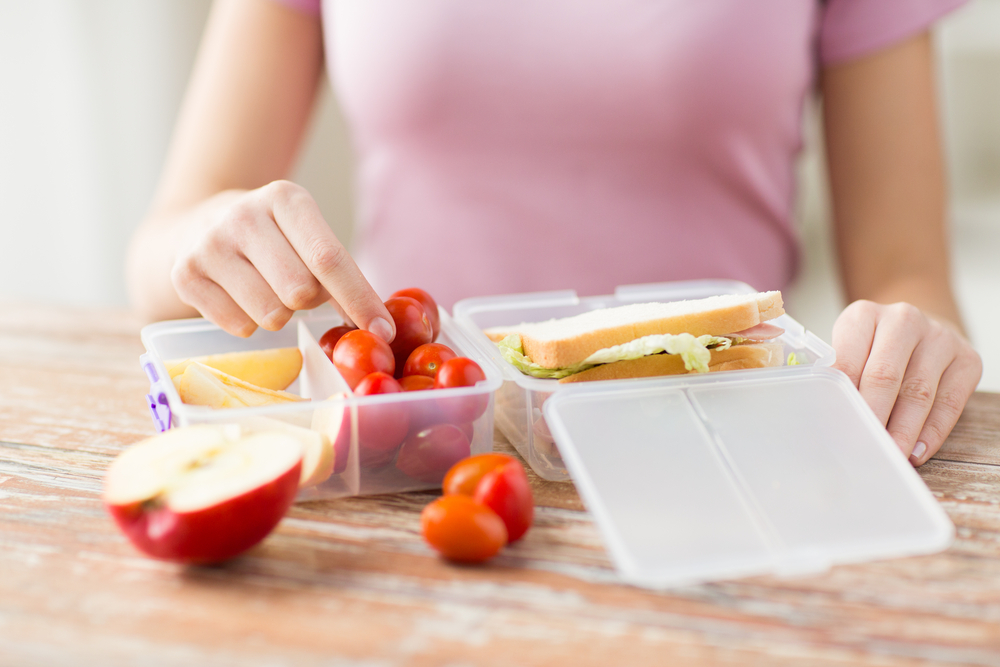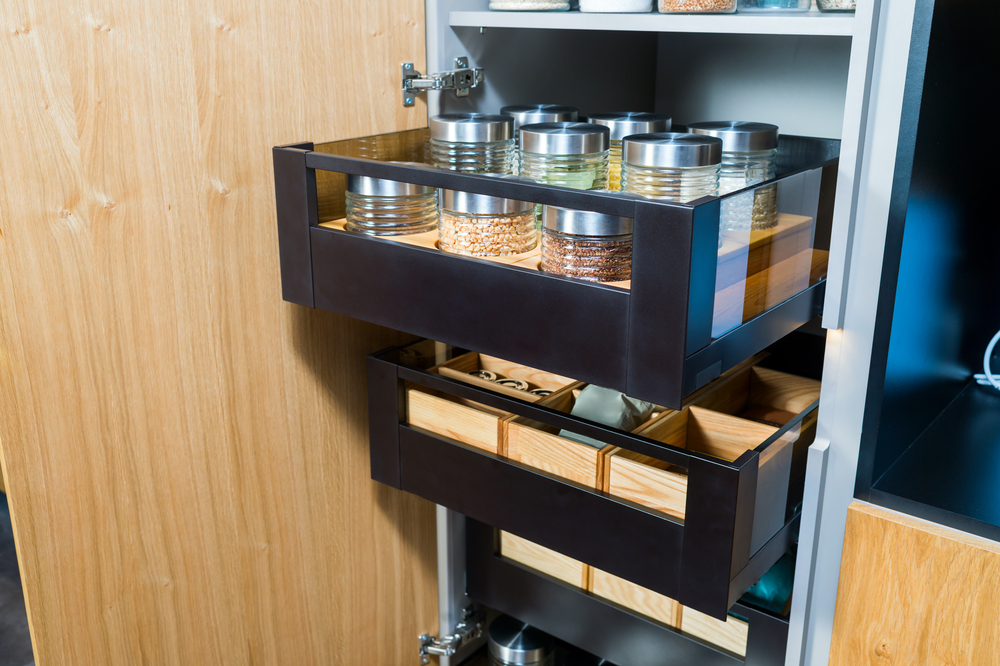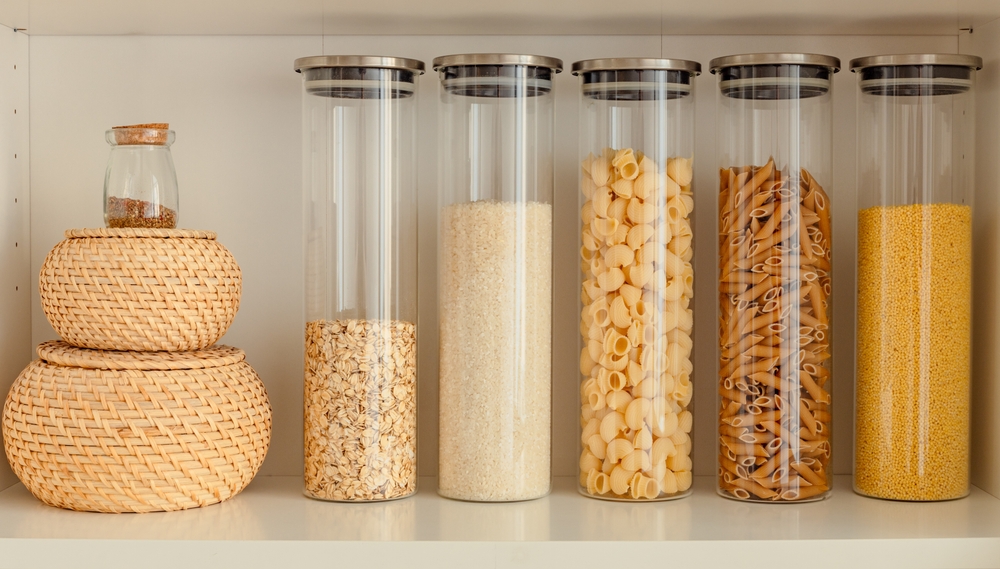Keeping food fresh and organized is essential for a well-maintained kitchen and having the right food storage containers is a game-changer. From meal prepping to reducing food waste, choosing the best food storage containers can help simplify your life.
This guide covers everything you need to know about food storage containers, from the different types available to choosing the right one for your needs. Let’s dive into how these simple kitchen essentials can transform your cooking and food storage habits.
Why Food Storage Containers Matter
Food storage containers are more than just boxes to keep leftovers. They play a critical role in maintaining food quality, reducing waste and keeping your kitchen organized. High-quality containers keep food fresh longer, prevent odors and even help with portion control if you’re meal prepping. With so many options available, understanding the different types of containers and their benefits will help you make the best choice.

Types of Food Storage Containers
- Plastic ContainersPlastic containers are widely popular due to their affordability and variety of shapes and sizes. They are lightweight and come in microwave-safe options, making them convenient for reheating. However, it’s essential to check if the plastic is BPA-free to avoid harmful chemicals. Plastic containers are perfect for dry foods, pantry storage and transporting meals. But they may retain odors and are less durable over time, especially with frequent microwaving.
- Glass ContainersGlass containers are highly durable, eco-friendly and free from chemicals like BPA. They are microwave, freezer and dishwasher-safe, making them convenient for a variety of uses. Glass containers are a bit heavier and can break if dropped, but they are perfect for storing leftovers, meal preps, and sauces. They don’t absorb odors or stains, ensuring food stays fresh and tasty. Many glass containers also come with leak-proof lids, making them ideal for soups and stews.
- Stainless Steel ContainersStainless steel containers are robust, durable and environmentally friendly. They don’t absorb food odors, stains, or flavors, making them perfect for long-term storage. These containers are ideal for dry foods and salads, as they are not microwave-safe. Stainless steel is lightweight and resistant to breakage, so it’s a great choice for taking food on the go. Their stylish look also makes them appealing for both kitchen storage and lunch boxes.
- Silicone ContainersSilicone containers are foldable, making them a space-saving option in the kitchen. They are microwave, freezer and dishwasher-safe, providing versatility for various storage needs. Silicone containers are best suited for fruits, vegetables and snacks. However, they may not be ideal for long-term storage as they are more prone to wear and tear. Their flexibility makes them convenient for small kitchens or when traveling.
- Vacuum-Sealed ContainersVacuum-sealed containers remove air, which helps preserve food for an extended period. They are commonly used for storing meats, cheeses and other perishable items that require longer freshness. While more expensive than other options, vacuum-sealed containers prevent freezer burn, spoilage and food waste, making them ideal for bulk buyers and meal preppers.Read more: usedconex.com/shipping-containers-in-atlanta-ga
Features to Look for in Food Storage Containers
When choosing food storage containers, there are specific features to look for that can make your food storage more efficient and convenient:
- Leak-Proof Lids
Containers with leak-proof lids are essential for storing soups, sauces and other liquid-based foods. Look for containers with snap-lock or silicone-sealed lids to ensure your food won’t spill or leak, especially if you’re taking it on the go. - Stackability
Stackable containers save space in both the fridge and the pantry. This feature is perfect for those with limited storage space as it allows you to organize food items neatly and efficiently. - BPA-Free Materials
BPA is a chemical found in some plastics that can leach into food and drinks. Opt for BPA-free containers to ensure safety, especially if you plan to use plastic containers in the microwave. - Freezer and Microwave Safe
For maximum versatility, choose containers that can go from freezer to microwave without cracking or warping. This feature is essential for those who batch-cook or meal prep. - Clear or Transparent Design
Clear containers let you see what’s inside, helping reduce waste by ensuring you use food items before they go bad. It also makes finding and organizing items in the fridge or pantry much easier.

The Benefits of Using Food Storage Containers
Food storage containers offer more than just convenience. Here are some key benefits:
- Reduces Food Waste
Proper storage helps prolong the life of perishable foods. By using airtight containers, you can keep food fresher for longer, reducing waste and saving money in the long run. - Aids in Portion Control
Pre-portioning meals with containers helps maintain a healthy diet and makes meal planning easier. You can control portion sizes, making containers ideal for those following specific dietary plans. - Keeps Food Organized
Using containers with labels and stackable designs allows you to keep the fridge and pantry organized. This helps streamline your meal prep and makes cooking more efficient. - Easy Meal Preparation
Food storage containers are a game-changer for meal prepping. Prepare your meals in advance, portion them into containers and store them in the fridge or freezer. When you’re ready to eat, just reheat and enjoy! - Reduces Clutter
A well-organized kitchen with food storage containers means less clutter. By transferring dry goods from their original packaging into containers, you gain more space and a cleaner, more efficient kitchen.
Tips for Maintaining Food Storage Containers
Keeping your food storage containers in top condition will prolong their lifespan. Here are some simple maintenance tips:
- Clean Thoroughly
Always clean containers with warm, soapy water. Avoid abrasive scrubbers, especially on plastic containers, as they can scratch and weaken over time. For glass and stainless steel containers, you can place them in the dishwasher for a more thorough clean. - Avoid High Heat
While many containers are microwave-safe, prolonged exposure to high heat can warp plastic lids. Use lower settings when microwaving and avoid putting plastic lids in the microwave unless they are marked as microwave-safe. - Check for Cracks and Wear
Plastic containers can crack over time, especially with frequent microwaving. Check your containers regularly and replace any that are cracked, as these can harbor bacteria. - Remove Odors Naturally
If a container retains food odor, try soaking it in a mixture of baking soda and water. Vinegar is also a natural deodorizer that can remove persistent smells from containers.

Conclusion
Choosing the right food storage containers can elevate your kitchen organization and food management practices. From glass and plastic to stainless steel and silicone, each type offers unique benefits suited to different needs. By investing in quality, durable containers, you’re not only reducing waste but also ensuring your meals stay fresh and delicious. Whether you’re meal prepping, organizing your pantry, or looking for portable lunch options, food storage containers are a smart, long-term investment in a healthier, more efficient kitchen.
Astrea London Redefines Sustainable Luxury with Lab-Grown Diamonds





